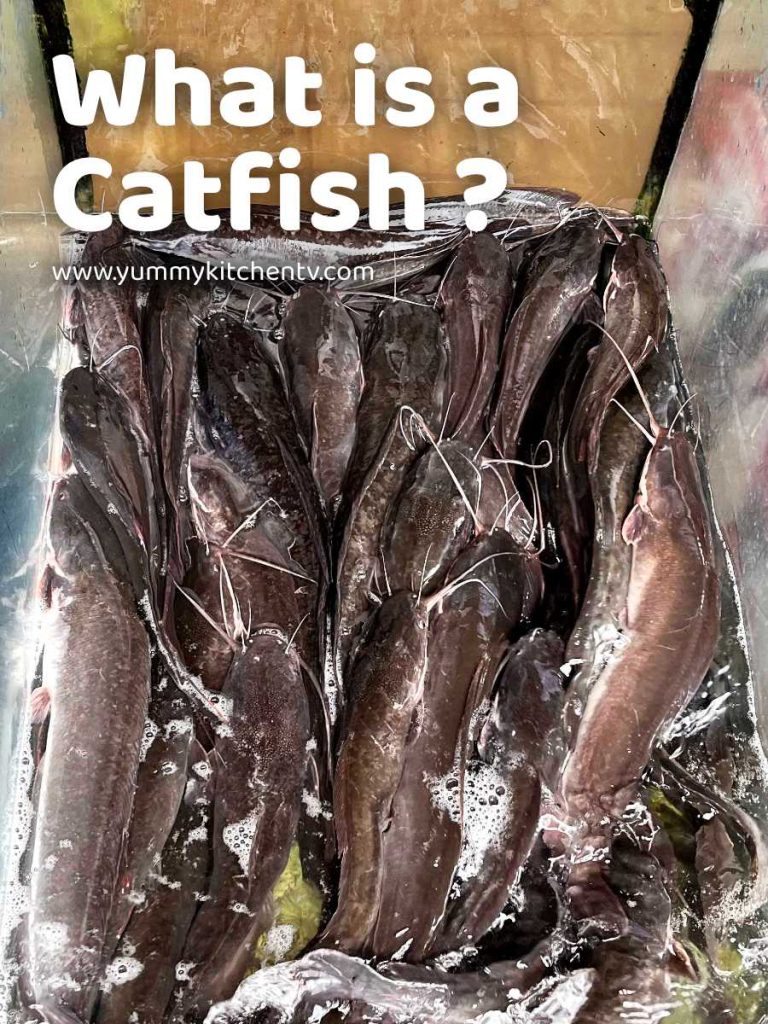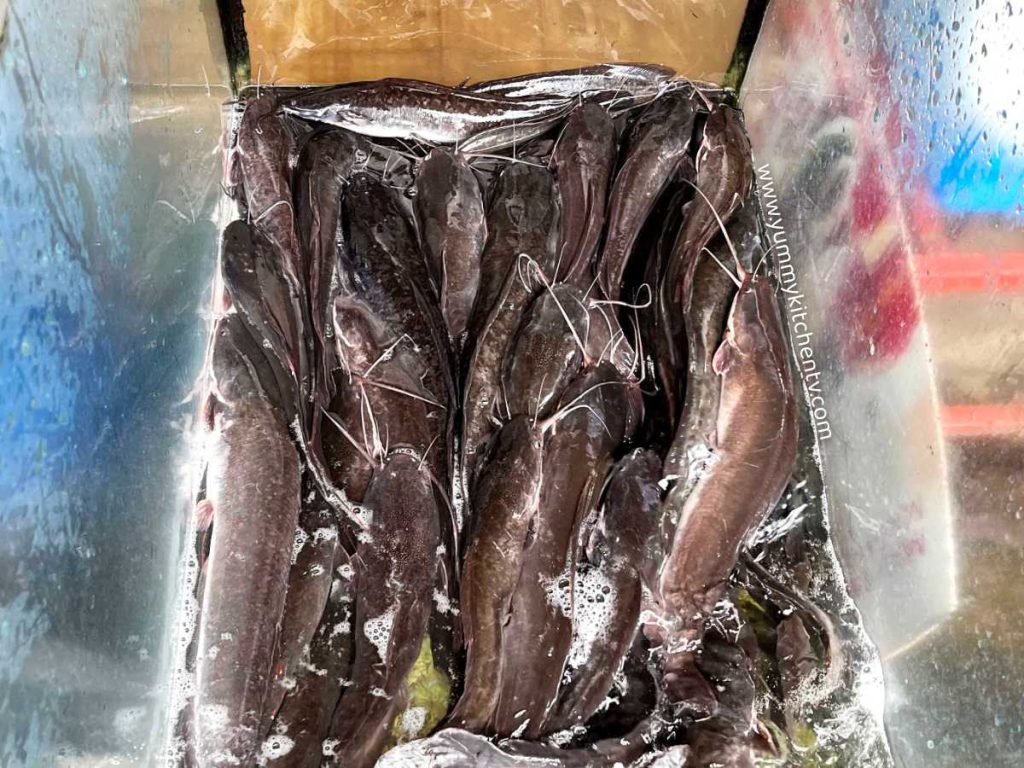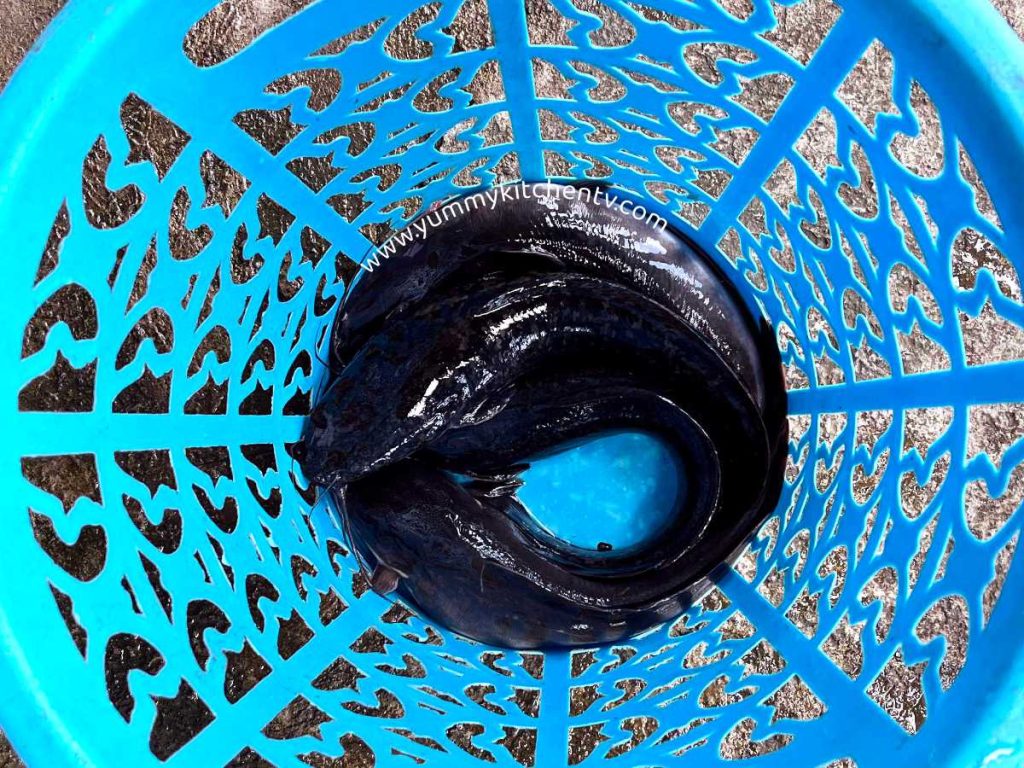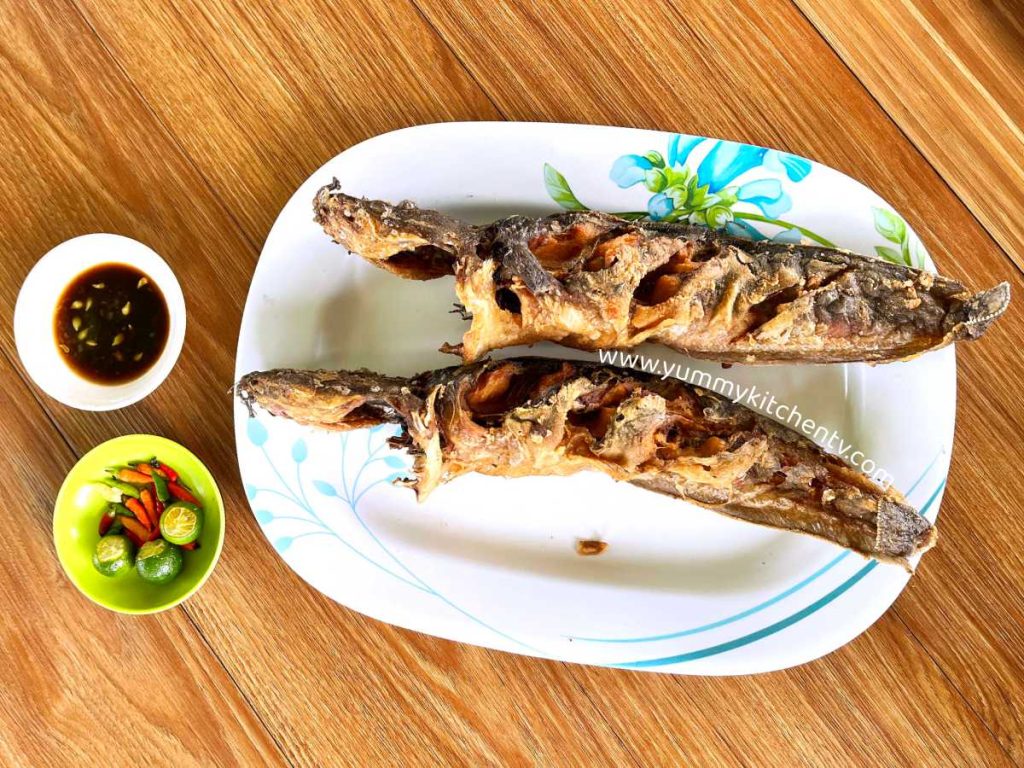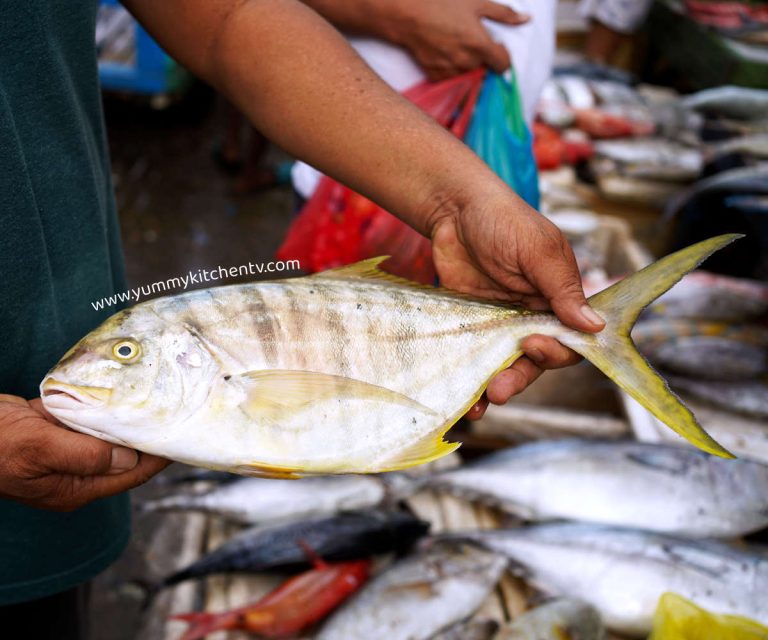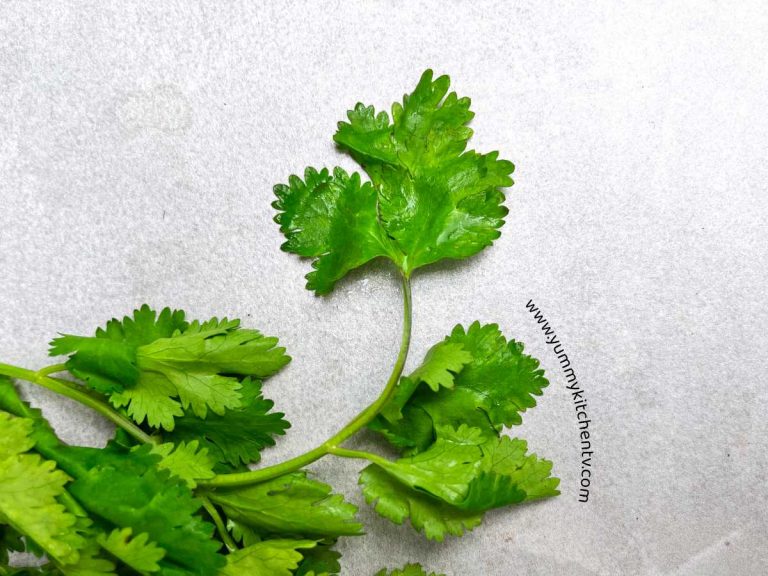Hito (Catfish)
The Hito fish, also known as ‘Catfish’ in English is a ray-finned fish that got its name due to the long feelers or whiskers near the mouth that resemble whiskers. Not to be confused by the name you call a person creating a fake social media profile to trick others, like the MTV show. This scaleless freshwater fish is long bodied, bony, and has a mildly sweet flavor, and a soft but still firm texture, when cooked making it great for frying, sautéing, grilling, mixing into soups, or baked.
A short Introduction
Catfish is explained in the urban dictionary as flat headed, has a long stout, and a scaleless body, type of freshwater fish with long hairs near its mouth, and can be found in lakes and rivers. Unlike the alternative Catfish meaning, a deceptive person that hides under a different public social media profile. The Catfish, or ‘Hito’ in Tagalog is a ray-finned (boney) type of fish species that are well known or distinguished by its long barbels ( slender like whiskers that are used as a sensory organ by some fishes) that bears a resemblance to a cat’s, which where it got the name from.
There are different catfish species ranging from the biggest, which is the ‘Mekong giant catfish’ found in Southeast Asia, the ‘Wels catfish’ swimming in the waters of ‘Eurasia’, the South American ‘Piraíba’, the less well-known ‘detritivores’ that are bottom feeder worms, ‘candiru’ a parasite, with many more under the category. All of these do not have scales, nor do all of them have noticeable whiskers. The fish are commercialized and farmed, or fished as food for other species. These are more so nocturnal species aside from the subspecies like the driftwood catfish, Loricariidae, and Callichthyidae or armored catfish that are active in the mornings or at twilight. These diverse Catfish species live around coastal and inland waters in every continent but Antartica. Various types can be found in tropical areas like Asia, Africa, and South America, with a few found in North America, and a small family of fishes found in Europe.
Catfish are an Invasive species that are mostly composed of bottom feeders, as they mostly sink rather than float because of their bony head and reduced gas bladder making them heavier. They have long flat cylindrical bodies that make them deposit feeders, meaning that they get their nutrition from inorganic or organic particles from sediments. In the Culinary world, they have been farmed and have been feeding many since a hundred of years ago. Depending on the dish or how fresh it is, this fish is judged depending on how it compliments the flavor of the recipe used. A popular choice of delicacy in Central Europe enjoyed especially during the holidays, they’ve even brought the tradition of eating this dish to the Southern United States where it’s extremely popular. Hito recipes (Catfish recipes) includes being grilled or fried fresh off the street stalls served with sambal and nasi uduk a traditional coconut flavored rice in Indonesia . Malaysia enjoys this fish with spices served with a gravy made of Thai chili and tamarind plus some rice, Hungary eats this with paprika sauce as a side to pasta, India and Bangladesh cooks this delicacy often during monsoons, Myanmar eats this with the traditional noodle fish soup, Nigeria adds these in a variety of stews, and the Philippines adds this in soups, fried with aromatics, or used as the main ingredient for the popular adobo dish.
Hito fish benefits (Catfish benefits)
A fish that is rich in Vitamin D, selenium, protein, and while many farmed Hito catfish are low in omega-3 fatty acids, they make it up with a huge amount of Omega-6 fatty acids. This lean protein packed fish is a great source of energy especially to those who are on a diet, or are trying to build some muscle. Here are some examples of what this fish can do for you:
- For brain health, a good serving of this fish can give you enough omega-3 and omega-6 fatty acids that help with neurological conditions such as memory loss or dementia, depression, and memory loss.
- Omega-3. Omega 6, including Vitamin B12 found in most fishes are also good for strengthening the bones, gut and heart health.
- It prevents heart disease by having a good amount of saturated fats and healthy lipids in each recommended 100 gram serving.
Hito vs dalag?
Hito means ‘Catfish’ in Tagalog, while Dalag is ‘Mudfish’ in English. Both have each their own similarities, like being long bodied but there are some differences such as:
- Dalag (mudfish) have a top fin that runs from the each end of the body, while Hito (catfish) does not.
- Hito has ‘whiskers’, while the Dalag does not.
- The Dalag has scales while Hito is smooth and has a mucus like textured skin.
How is Hito (Catfish) served in the Philippines?
Great for creating a balanced diet with big nutritional benefits, in the Philippines we have 3 native Catfish species, the Thai or ‘Clarias batrachus’, African hito ‘Clarias gariepinus’, and the native ‘Clarias macrocephalus’ which is the only fish indigenous to Philippines waters, while the others were introduced by their respective countries. These were introduced during the decline of such fish type, and the fear that it could be wiped out by their foreign peers as these are an invasive species.
With the problem of food supply and demand of certain products and ingredients being too expensive, especially in the recent years starting and slowly ending from the pandemic. The Filipino government has been trying to encourage and help teach more people to produce their own food at home. The focus of food production is the reason why the Department of Agriculture has as of late been trying to keep up with producing more fishes like the tilapia, mudfish (dalag), catfish (hito), and milkfish (bangus), fishes that can easily grow and survive different temperatures and weather conditions, with some possibly raised at their backyards.
A favorite delicacy among Filipinos, you can find them freshly caught and sold in the wet market, or kept fresh in tanks at grocery stores, and can even be found in tanks inside restaurants where you can take your pick of fish to be cooked. Prepared in many ways, one might see the usual fried hito being a favorite, crispy on the outside and tender sweet flesh one the inside, some grill the fish, make it into adobo, stew it in coconut milk, or pop it in your choice of soup or stews.


